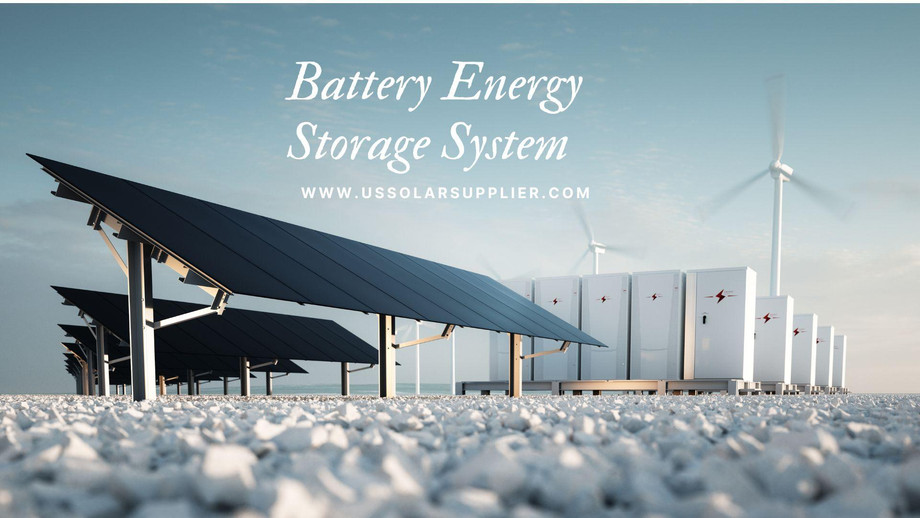As renewable energy sources such as solar and wind become increasingly prevalent in our power grids, there is a growing need for battery energy storage systems (BESS) to manage the intermittency of these sources. A BESS is a type of energy storage system that stores electrical energy in rechargeable batteries for later use. In this article, we will explore what a battery energy storage system is and how it works.
What is a Battery Energy Storage System?
A BESS is a type of energy storage system that uses batteries to store electrical energy. The batteries used in a BESS can be either lithium-ion or lead-acid, and the system can be designed to store energy at various scales, from a small residential system to a large-scale grid-level system.
There are two main types of BESS: grid-connected and off-grid. Grid-connected BESS are connected to the power grid and can provide energy to the grid or store energy from the grid during times of excess energy generation. Off-grid BESS are not connected to the grid and are used to store energy generated by renewable sources such as solar panels or wind turbines.
How Does a Battery Energy Storage System Work?
A BESS works by storing electrical energy in batteries and then releasing that energy when needed. The system is made up of four main components: the batteries, the inverter, the charger, and the energy management system.
Batteries
The batteries used in a BESS are typically lithium-ion or lead-acid. Lithium-ion batteries are more commonly used due to their higher energy density and longer lifespan. The batteries are connected in series or parallel to create a bank of batteries that can store a large amount of energy.
Inverter
The inverter is used to convert the DC voltage stored in the batteries to AC voltage that can be used by household appliances or the grid. The inverter also regulates the voltage and frequency of the output power.
Charger
The charger is used to charge the batteries when energy is available from the grid or renewable sources such as solar panels or wind turbines. The charger can also be used to discharge the batteries during times of high energy demand.
Energy Management System
The energy management system (EMS) controls the charging and discharging of the batteries to ensure that the system operates efficiently and effectively. The EMS uses algorithms to optimize the charging and discharging of the batteries based on energy prices, weather forecasts, and other factors.
Benefits of Battery Energy Storage Systems
BESS has several benefits over traditional power generation systems:
Improved Grid Stability
BESS can help to improve grid stability by balancing supply and demand in real time. This is particularly important in power grids with high levels of renewable energy generation, as the intermittent nature of these sources can lead to fluctuations in the grid frequency.
Increased use of Renewable Energy
BESS can help to increase the use of renewable energy by storing excess energy generated by solar panels or wind turbines and releasing it during times of high energy demand. This can help to reduce the need for fossil-fuel-based power generation.
Reduced Energy Costs
BESS can help to reduce energy costs by storing energy during times of low energy demand when energy prices are lower and releasing it during times of high energy demand when energy prices are higher. This can help to reduce the need for expensive peak-load power generation.
Improved Energy Resilience
BESS can help to improve energy resilience by providing backup power during power outages. This is particularly important in areas prone to natural disasters such as hurricanes or earthquakes.
Conclusion
Battery energy storage systems are an important technology for managing the intermittency of renewable energy sources and improving the efficiency and stability of power grids. These systems are becoming increasingly prevalent as the cost of batteries continues to decrease and the demand for renewable energy continues to grow. With the potential to reduce

